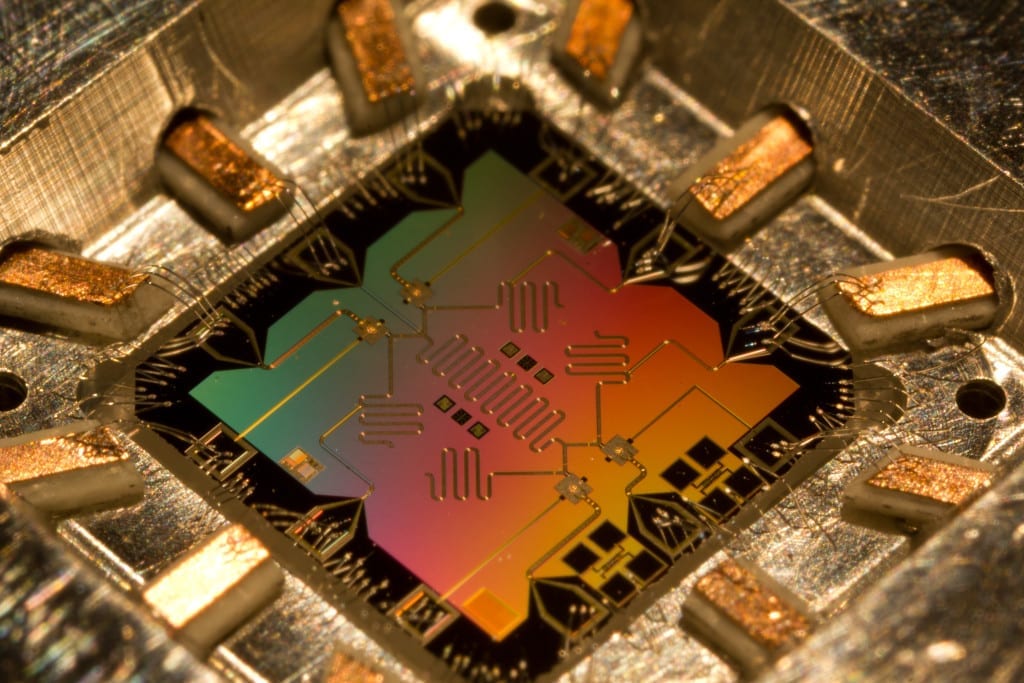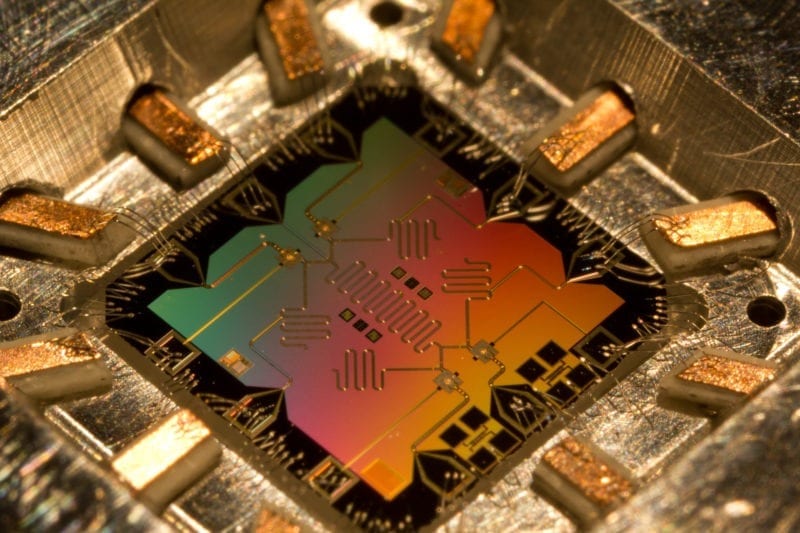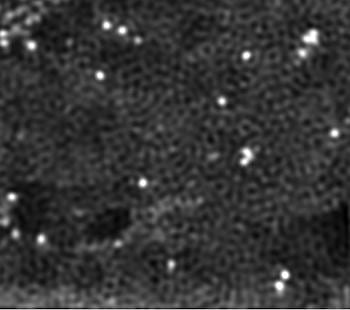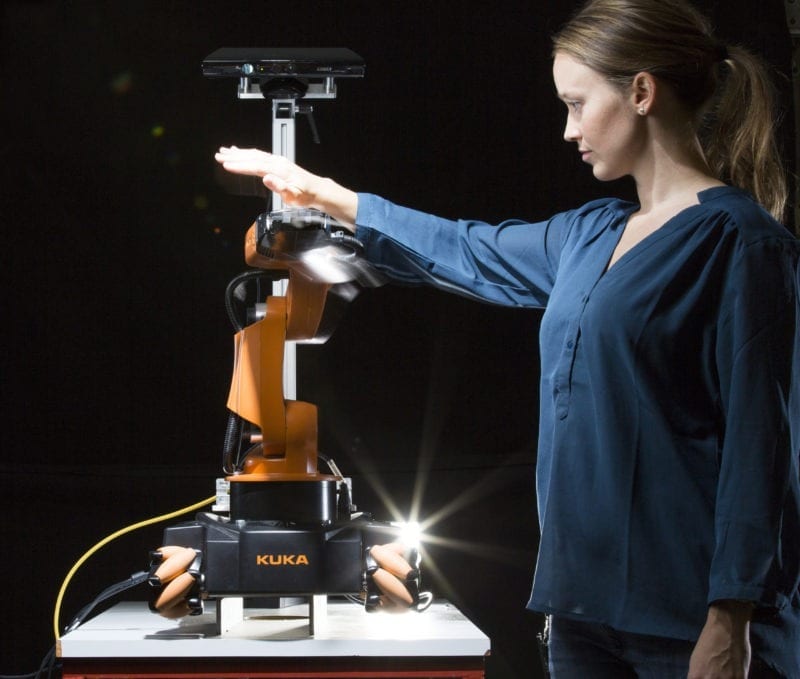
Theoretical physicists in Innsbruck, Austria, have proposed a scalable quantum computer architecture. The new model, developed by Wolfgang Lechner, Philipp Hauke and Peter Zoller, overcomes fundamental limitations of programmability in current approaches that aim at solving real-world general optimization problems by exploiting quantum mechanics.
Within the last several years, considerable progress has been made in developing a quantum computer, which holds the promise of solving problems a lot more efficiently than a classical computer. Physicists are now able to realize the basic building blocks, the quantum bits (qubits) in a laboratory, control them and use them for simple computations. For practical application, a particular class of quantum computers, the so-called adiabatic quantum computer, has recently generated a lot of interest among researchers and industry. It is designed to solve real-world optimization problems conventional computers are not able to tackle. All current approaches for adiabatic quantum computation face the same challenge: The problem is encoded in the interaction between qubits; to encode a generic problem, an all-to-all connectivity is necessary, but the locality of the physical quantum bits limits the available interactions.
“The programming language of these systems is the individual interaction between each physical qubit. The possible input is determined by the hardware. This means that all these approaches face a fundamental challenge when trying to build a fully programmable quantum computer,” explains Wolfgang Lechner from the Institute for Quantum Optics and Quantum Information (IQOQI) at the Austrian Academy of Sciences in Innsbruck.
Fully programmable quantum computer
Theoretical physicists Wolfang Lechner, Philipp Hauke and Peter Zoller have now proposed a completely new approach. The trio, working at the University of Innsbruck and the IQOQI, suggest overcoming the challenges by detaching the logical qubit from the physical implementation. Each physical qubit corresponds to one pair of logical qubits and can be tuned by local fields. These could be electrical fields when dealing with atoms and ions or magnetic fields in superconducting qubits. “Any generic optimization problem can be fully programmed via the fields,” explains co-author Philipp Hauke from the Institute for Theoretical Physics at the University of Innsbruck, Austria. “By using this approach we are not only avoiding the limitations posed by the hardware but we also make the technological implementation scalable.”
Read more: Upgrading the quantum computer
The Latest on: Quantum Computer
[google_news title=”” keyword=”Quantum Computer” num_posts=”10″ blurb_length=”0″ show_thumb=”left”]
via Google News
The Latest on: Quantum Computer
- The end of the quantum tunnel: Exact instanton transseries for quantum mechanicson April 26, 2024 at 10:46 am
In the quantum world, processes can be separated into two distinct classes. One class, that of the so-called "perturbative" phenomena, is relatively easy to detect, both in an experiment and in a mathematical computation.
- Why Your Company Needs To Assess Its Quantum Computing Vulnerabilities Nowon April 25, 2024 at 7:22 am
Although current knowledge causes most companies to expect that cybersecurity vulnerability and threats from quantum computing will be way out in the future, those expectations are incorrect. Companies need to conduct vulnerability assessments and move to quantum proofing against future issues now.
via Bing News











